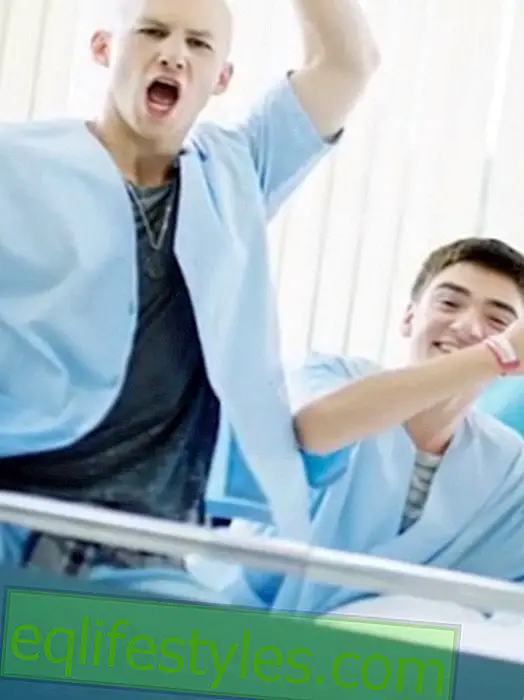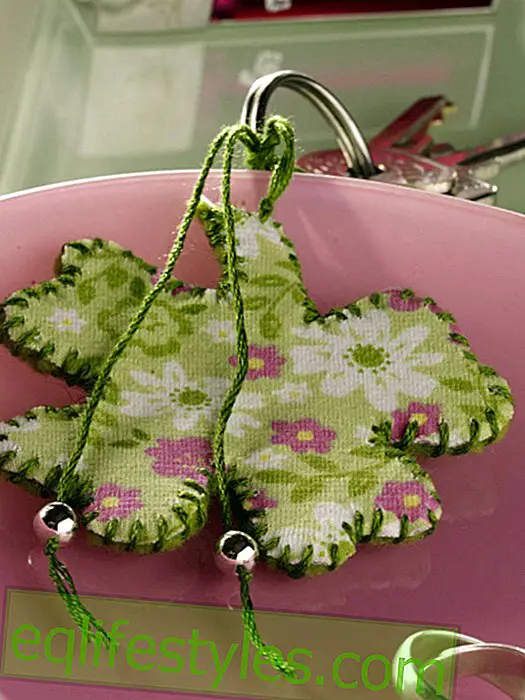
Photo: iStock
- Healthy
- IT'S GOOD
- D RATHER NOT
Healthy
After a walk, your left knee suddenly hurts. A step to the side and a stitch passes through the right hip. Just why? Is something wrong with the joint? Is this temporary or is there more behind the pain in the joint? This concern affects many. With age, the joints can make more and more problems.
Around 20 million people in Germany have pain in their joints, most of them in the hips or knees by far: the complex and therefore sensitive interaction of bones, cartilage, ligaments, tendons, muscles and nerves is disturbed.

Anyone who detects unusual joint problems is advised by experts to take a certain path. Because the cause of the pain must be clarified. And there are many possibilities: is it a harmless overload? A small injury? Is there a chronic cartilage erosion (arthrosis) behind it? It can also be a chronic inflammatory rheumatic disease.
The way to the warning sign pain : First you go as soon as possible to the family doctor. He should listen carefully to the circumstances. When does the pain occur? Is he dull or sharp, does it sting, does it pulsate? The family doctor will examine the joint . If he has the suspicion that simple pain killers or envelopes are not sufficient, he refers to an orthopedist. Then you should ask the family doctor right after an experienced specialist for knee or hip problems.

The specialist should also ask again for the circumstances, examine the joint thoroughly and talk in detail with the pain patient about the causes and the appropriate treatment. To do this, the orthopedist first examines the joint with his hands: he moves it, carefully tries out certain movements with the patient. If this is not enough for a diagnosis, there are various medical techniques to detect the cause of the pain.
The joint specialist will follow in sequence, such as computed tomography (CT) or magnetic resonance imaging (MRI). This creates images that show the joint and its surroundings exactly. If there is a suspicion of tissue inflammation, the doctor can detect this with a scintigraphy. In the process, a weak radioactive fluid is injected, which accumulates in inflamed tissue. A special camera then makes that visible.
Also, a so-called puncture can help in the search for the cause of pain. It is sucked under local anesthesia with a needle liquid from the joint. If the cause is found, the doctor develops a therapy plan with the patient, usually with physiotherapy, massages and medications. This is called conservative therapy.
It may be that this treatment, which often requires patience, does not work because, for. B. the cartilage is too worn. Then an operation is necessary.

For example, you can smooth out rough cartilage in the knee or hip. Or remove cartilage tissue, multiply in the laboratory and re-plant. If the joint specialist determines that such procedures would not help, he recommends an artificial joint (endoprosthesis).
Even such surgical procedures have long been routine: every year, German doctors use around 210, 000 hip and around 180, 000 knee prostheses. They usually last 12 to 15 years. That depends on the strength of the bones. And also how well the joint is held by muscles. Meanwhile, the surgical technique is so good that at least two to three exchange operations are possible, experts say.

The decisive factor is the material from which the prosthesis surfaces rub against each other. This "pairing" takes over the function of the cartilage in a healthy joint.
New generation Hip and Knee implants have special ceramic coatings. It is very smooth, it makes the movement easier. And it is extremely resistant to abrasion. This prevents abraded finest particles from leading to inflammation in the tissue.

Movement not only prevents, it also relieves acute pain . By the way, even if you already have an artificial joint. Whether with or without a prosthesis: In any case, the right and sufficient exercise is extremely important.
IT'S GOOD
Endurance sports gently strengthen the muscles and tendons that guide and support the joint. Cycling, Nordic walking, hiking, walking, swimming and the movements on a crosstrainer are particularly suitable for prosthesis wearers and extend the "life" of the knee or hip prosthesis up to 20 years.
D RATHER NOT
Orthopedists warn against rapid changes of direction. Unfortunately, all types of ball games like tennis, football, volleyball, badminton (especially on the beach, because the joints are strained) are rather harmful.









